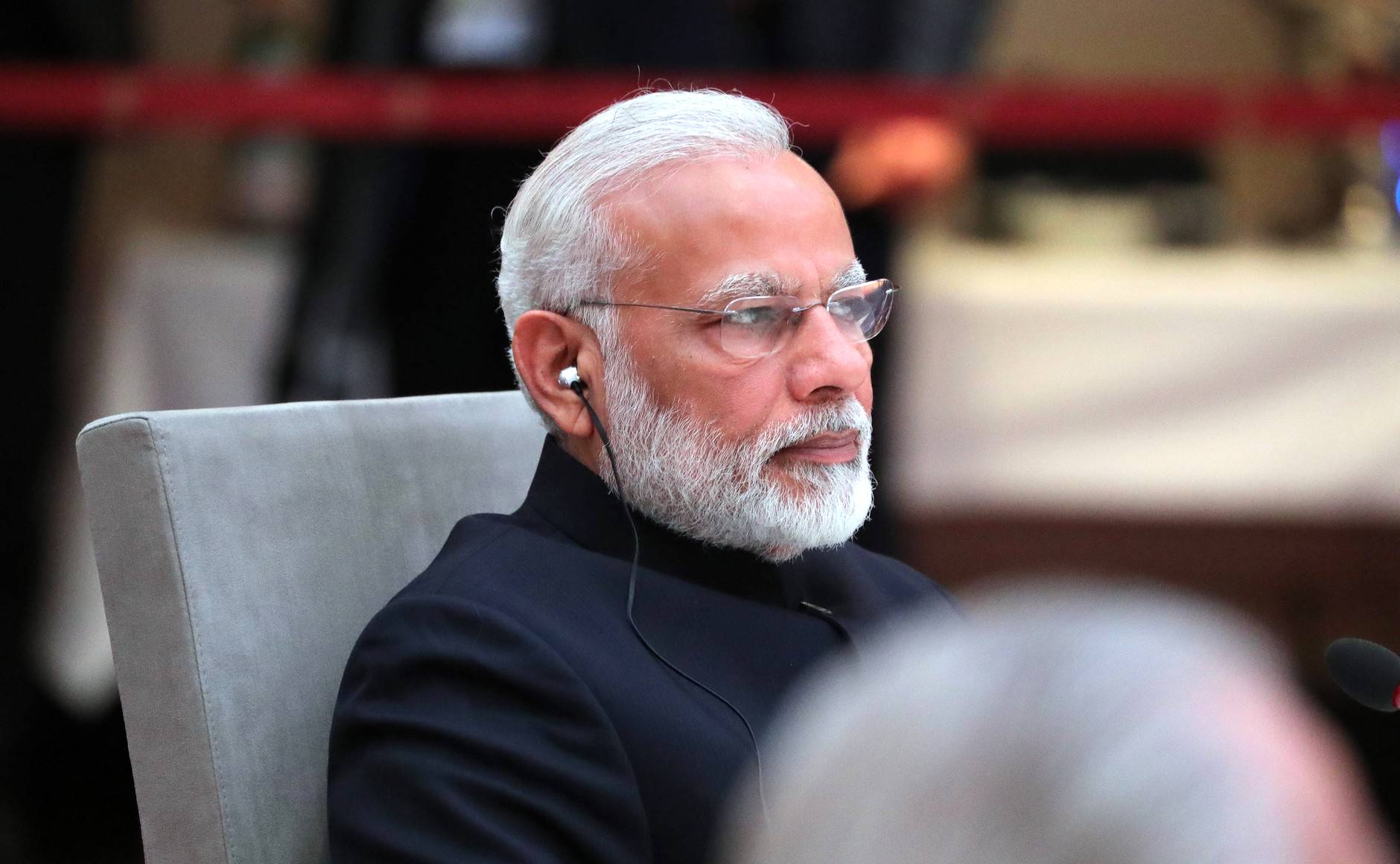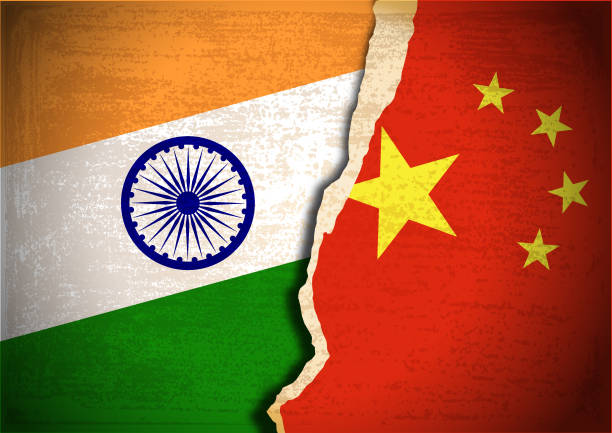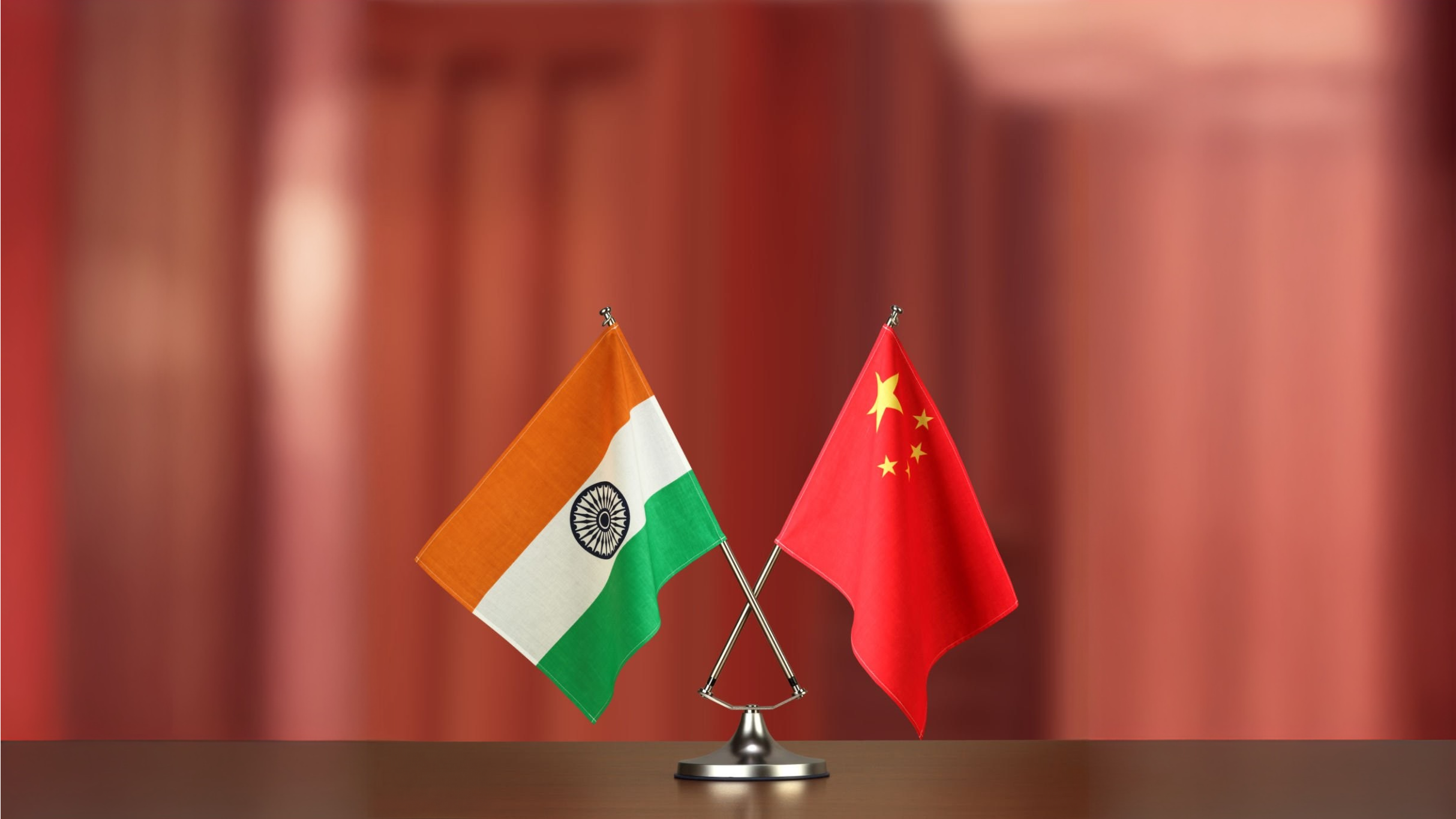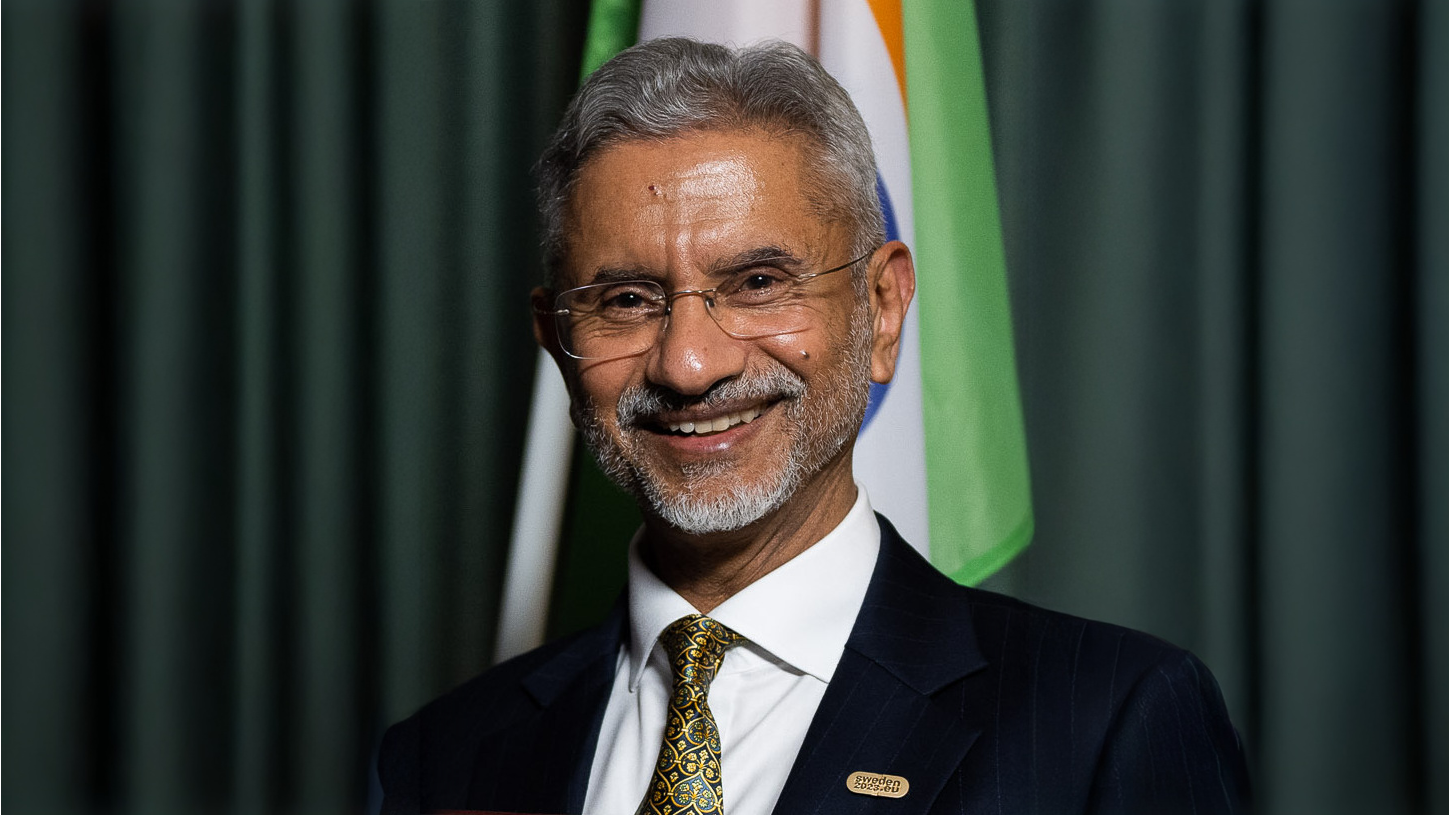BVR Subrahmanyam, the CEO of NITI Aayog, has announced that India has surpassed Japan to become the fourth-largest economy in the world. Currently, India’s economy stands at $4 trillion. According to the International Monetary Fund (IMF), India is expected to overtake Germany by 2025 and become the third-largest economy in the world.

India Becomes 4th Largest Economy, surpassing Japan. Will India soon outpace Germany?
New Delhi – In a significant announcement, BVR Subrahmanyam, CEO of the NITI Aayog, revealed that India has now become the world’s fourth-largest economy. This milestone comes as India has successfully surpassed Japan, reflecting the country’s impressive economic progress in recent years. The announcement was made during the 10th Governing Council meeting of NITI Aayog, where Subrahmanyam shared encouraging figures and a positive outlook for India’s economic future.
He explained that India’s economy has now grown to a size of $4 trillion, putting it ahead of Japan and just behind three global economic powerhouses – the United States, China, and Germany. Subrahmanyam emphasized that this remarkable achievement has come despite various global economic challenges, which demonstrates the resilience and potential of India’s economy. According to him, the current global and domestic conditions are very supportive for India, setting the stage for further growth.
Highlighting India’s path forward, Subrahmanyam confidently stated that with proper planning, execution, and clear thinking, India could soon overtake Germany to become the world’s third-largest economy. “If we keep moving forward with determination and smart strategies, we could reach this goal in the next two and a half to three years,” he shared. This optimism is grounded in current economic trends and global forecasts, giving India a strong position on the global stage.
From Fifth to Fourth – A Quick Leap Forward
Not long ago, India was ranked as the fifth-largest economy. But in a short period, it has moved one step higher, reflecting how rapidly the Indian economy is expanding. The IMF has also shared a similar perspective in its recent report. In its April update of the World Economic Outlook, the IMF projected that India would soon surpass Japan. By 2025, India’s economy is expected to grow to $4.19 trillion, confirming that India’s economic climb is not a temporary spike but a strong, continuing trend.
Economic Growth Reflected in People’s Incomes
Alongside the rise in overall economic size, India has also seen substantial growth in people’s incomes. This improvement in per capita income highlights that the benefits of economic expansion are also reaching ordinary citizens. In 2013-14, India’s per capita income was $1,438. By 2025, it is projected to double to $2,880. This increase shows that India’s growth story is not just about numbers on a chart, but also about real, positive changes in the lives of its people.
Subrahmanyam’s remarks also underline the importance of consistent policy and planning. He pointed out that India’s progress is the result of strategic reforms, sound economic decisions, and a strong domestic market that has allowed it to weather global economic fluctuations better than many other countries.

A Decade of Transformation
According to the NITI Aayog’s approach paper titled “Viksit Rajya for Viksit Bharat @2047”, India has transformed significantly over the past decade. The paper recalls that India was once considered part of the “Fragile Five” economies – a group of countries that were thought to be particularly vulnerable to global economic uncertainties. However, within ten years, India has proven its critics wrong and become one of the top five economies in the world.
Vision for a Developed India by 2047
The approach paper also outlines India’s long-term aspirations. The World Bank defines high-income countries as those where the annual per capita income exceeds $14,005. Subrahmanyam stated that India has the potential to join this group and become a high-income country by 2047. This vision for 2047 is not just about achieving economic growth but also about transforming India into a fully developed nation.
By 2047, India aims to be a $30 trillion economy – a massive leap from its current level. This will mean not only higher incomes for people but also improvements in quality of life, social infrastructure, and the country’s ability to compete at the global level. The paper suggests that India’s per capita income will be at par with the current incomes of high-income countries, reflecting a complete economic and social transformation.
A Path Paved by Collaboration and Innovation
Subrahmanyam stressed that reaching these ambitious goals will require collaboration between the government, businesses, and citizens. Innovation, technology, and investments in human capital will play key roles in helping India continue its economic journey. The government is also focusing on reforms and infrastructure development to create an environment that supports sustained growth.
In conclusion, India’s recent achievement of becoming the fourth-largest economy marks an important chapter in its economic story. It is a clear signal that India is on track to achieve even bigger milestones. With determination, smart policies, and the collective efforts of its people, India is ready to step confidently into a new era of growth and prosperity.
Also Read:
- India’s Gulf Strategy Amid US-China and Pak Tensions
- India Turkey Tourism: Turkey-Azerbaijan Tours Cancelled Over Pakistan Ties
- India Makes Big Leap in Global Arms Exports Amid Operation Sindoor
Author

Aditya
Aditya is a dedicated writer at InsightIndia.in, covering the latest news from across India with a focus on results and public updates. With a strong eye for accuracy and clarity, he brings timely information to readers, helping them stay informed about key developments and outcomes that matter.














